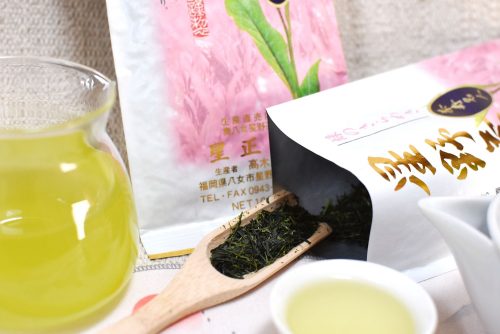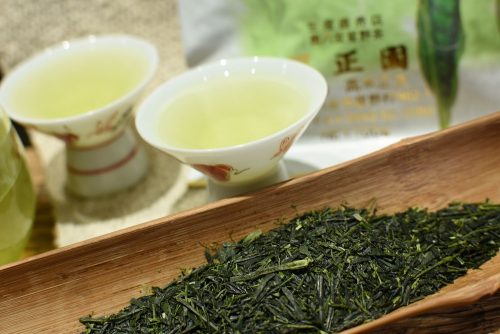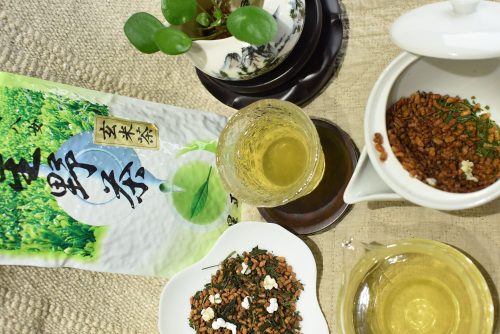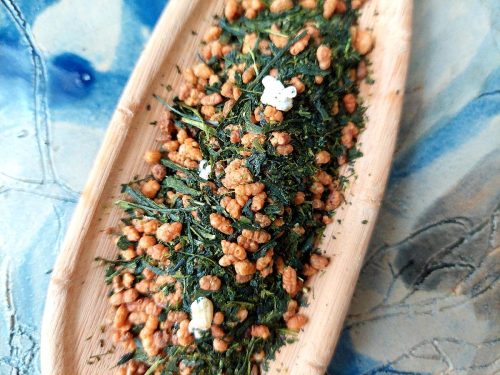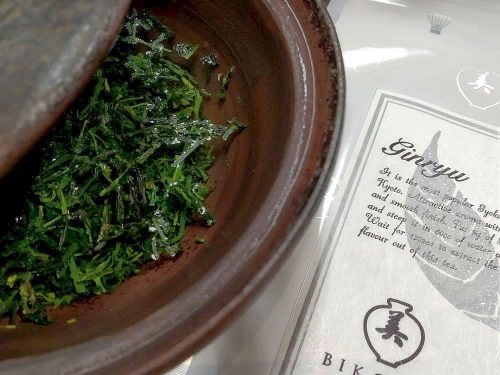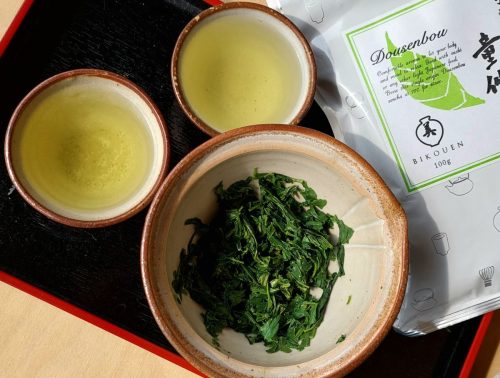While most Chinese green tea sorts get roasted, the Japanese-style tea processing method consists of steaming, cooling, rolling, and drying. The more thorough processing allows the tea leaves to transfer their flavors easier to the water, producing a thicker, deeper-colored infusion. The traditionally prepared Japanese green tea is remarkably dense, rich in the umami flavor, and is practically a tea essence. In the cultivation of Matcha and Gyokuro teas, shading has been used since the 16th century in the last three weeks before picking. The brew is usually strong, so only drink it carefully in the evening. Its most widely known varieties are Sencha, Gyokuro, Matcha, Hojicha, Fukamushi, Karigane.

